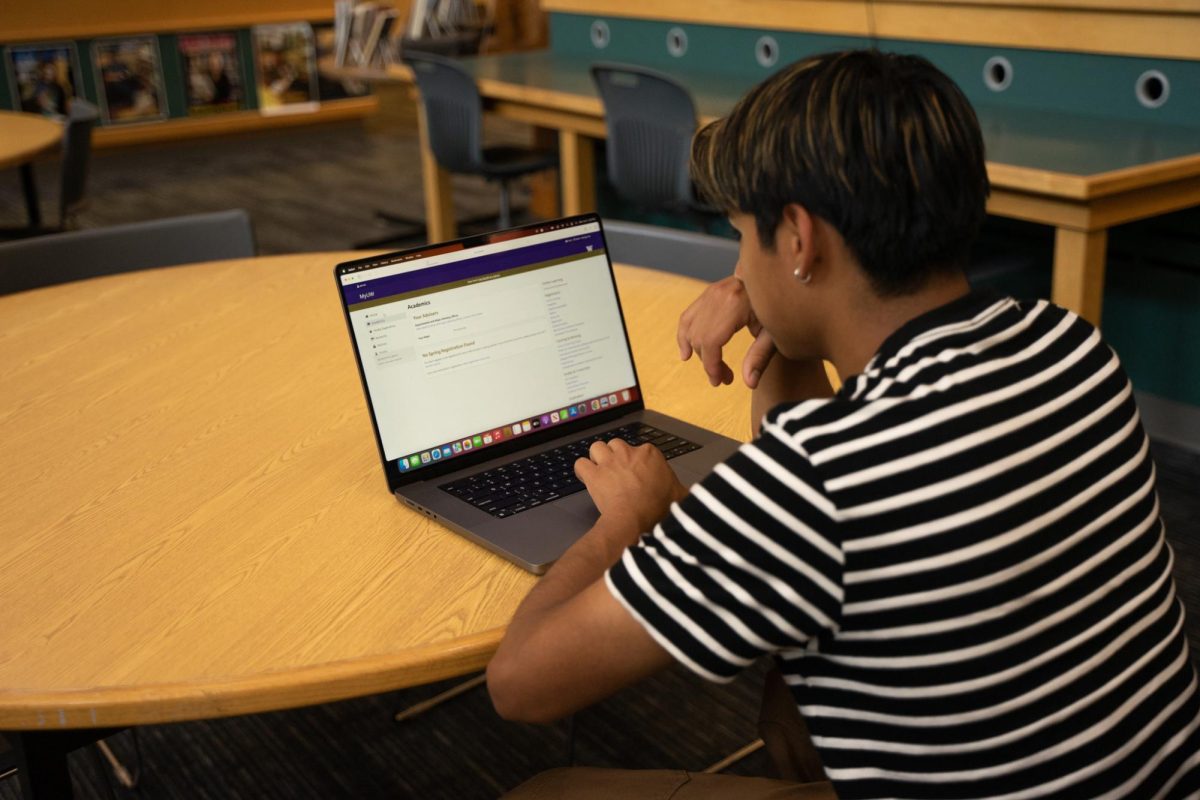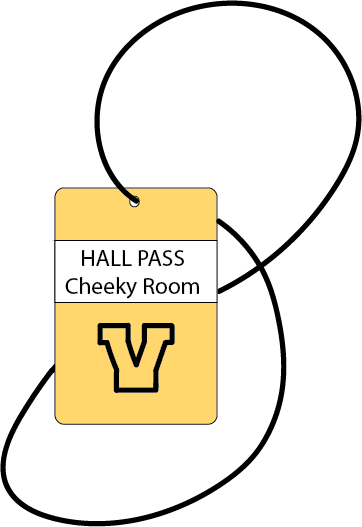I get in the kitchen at 5:30 a.m. and turn on all the ovens and the lights and start getting our barrels of water, and emptying the old water, setting up a la carte, getting the cash registers in,” kitchen manager Carla Powell (she/her) said.
Soon after Powell sets up the kitchen, the rest of the staff arrive. In under five hours, over 500 students will line up in the cafeteria to buy lunch. Over a 15 minute window, each student will receive a meal and be rung up.
The kitchen staff, like teachers, need substitutes to fill in absences. Early in the morning, substitute cooks like Caroline Pittsford (she/her) get called into one of many different schools for the day.
“I love the variety of being a sub because I’m never typically at the same school any of those days,” Pittsford said, “I’m at high schools, I’m at middle schools, I’m at elementary schools. So, as a sub you need to have a lot of flexibility and the ability to adapt to whatever kitchen you’re in.”
Even with subs like Pittsford filling in, the kitchen has to rush to stay on schedule. Full -time cook Kelly Sharp (she/her) said she wishes there were more staff to take off the pressure.
“I would have enough staff to cover everything, to get lunch where we’re not running around all the time and it’s so busy you can’t stop for a second,” Sharp said.
Hiring new staff isn’t so simple, as the entire Food and Nutrition program at Northshore is self-sustaining. This means all food, equipment, maintenance and staff benifits are covered by the program.
The Food and Nutrition program generates revenue primarily through sales, but also partially through government reimbursement. For every lunch purchased, the school receives money: $0.42 for non-discounted lunches, $4.03 for reduced price meals and $4.43 for free meals. Inglemoor has maintained its revenue due to a meal purchase rate that is higher than the national average.
“I’d say the government could do better, but I feel like it’s nice that it’s available for the children who need it, because every kid shouldn’t go hungry,” Powell said.
For every reimbursed meal, the school receives additional funds that can only be spent on government-subsidized items. The government makes wide scale contracts with suppliers, which are cheap but can be limited. Using foods purchased from the government, the schools and districts can offer a wide variety of meals at a lower cost.
Schools typically cannot compete with the low prices that are offered through government contracts, but some districts, including Northshore, have found ways to remedy this. Washington school districts formed the Puget Sound Joint Purchasing Cooperative, which leverages the purchasing power of over 130 districts in the state to get contracts akin to those of the federal government. Any school, independent or government affiliated, in the PSJPC can make use of these supply contracts to offer lower prices to their students.
For some schools, the government programs are still too limiting, so they have opted to run independent programs that don’t receive government funding.
An independent school can have students help cook in the kitchen, prepare meals from scratch with locally sourced ingredients and provide a diverse range of meals that wouldn’t have qualified under the nutritionary restrictions of the reimbursement programs.
While these kitchens have much more freedom, their prices must increase to compensate. An independent school also needs to meet the needs of students who need free or reduced price lunches, which usually comes out of pocket.
Schools that run independent programs are mostly private schools with tuitions, but some public schools participate if they have a very low percentage of students qualifying for assisted meal programs. Although Inglemoor had a 16.8% qualifying rate, well below the state average of 58.1%, such a change is unlikely to come.
At the end of the day, the food and nutrition staff’s job is to keep students fed, and cooks like Powell do their best with what they’ve got.
“It’s what the government gives us, so we do the best we can,” Powell said. “I feel like I cook with love, and I make it presentable so (the students) want to eat our lunches.”
















